This laboratory focuses on the structural performance of RC buildings covering the following topics.
- Development of seismic performance evaluation techniques and seismic rehabilitation strategies of buildings
- Performance based seismic design methodologies for the next-generation
- Performance evaluation of buildings under tsunami exposure
- New approaches for seismic testing techniques
- Reconnaissance of buildings damaged by earthquakes and tsunamis
Last updated at 2016/10/15
In topic 1, we are developing simple but reliable ways of seismic evaluation techniques for existing buildings (including damaged buildings), furthermore, techniques for seismic upgrading of existing buildings and for recovering of damaged buildings are also carried out.
Related research themes
- Seismic performance of RC buildings with URM infilled walls
- Seismic evaluation and rehabilitation of existing RC buildings
- Residual seismic performance evaluation of damaged RC buildings
- Vibration characteristics of buildings by microtremor measurements
- Torsional response characteristics of asymmetric buildings
Topic 2. Performance based seismic design methodologies for the next-generation
In topic 2, we are developing a wide variety of techniques to evaluate seismic performance of buildings including their earthquake response, collapse mechanism, structural damage and its repair cost.
Related research themes
- Structure analysis technique by AEM (Applied Element Method)
- Collapse mechanism prediction of weak-beam RC buildings
- Reparability and safety evaluation of RC frames with nonstructural wall
- Damage estimation method considering displacement response of RC structural members
- Residual displacement estimation of RC buildings based on response spectrum characteristics
- Performance based design of RC buildings considering life-cycle cost
- Earthquake disaster risk evaluation of urban areas considering their local characteristics
Topic 3. Performance evaluation of buildings under tsunami exposure
In topic 3, we are developing methodologies for tsunami disaster mitigation focusing on building performance evaluation and its upgrading. They include 1) tsunami wave load, waterborne debris impact etc. for structural design of tsunami evacuation buildings and 2) field surveys of tsunami damaged buildings/areas to monitor their recovery from disaster.
Related research themes
- Development of rational design method of buildings against tsunami debris impact
- Tsunami load evaluation based on field investigation of damaged areas
- Recovery of tsunami damaged buildings/areas
Topic 4. New approaches for seismic testing techniques
In Topic 4, we are developing advanced seismic testing techniques such as loading tests based-on real-time numerical simulations(on-line test), shaking table test method using ultra compact models and techniques to utilize data obtained by scaled model tests.
Related research themes
- Estimation of cracks and damages of full scale RC structures from scaled model observation
- Advanced substructure online earthquake response experiments
- Development of simplified shaking table test method with ultra-compact models using super-ductile fiber reinforced cement composite material
Topic 5. Reconnaissance of buildings damaged by earthquakes and tsunamis
Natural earthquakes themselves are a sort of huge scale shaking table test and provide us varieties of information such as behavior of buildings during quake, reasons behind damage/survival and potential risk of buildings before damaging earthquakes etc. In this point of view, we have conducted field surveys of affected areas. Data obtained during field surveys have been used to discuss future earthquake countermeasures and to demonstrate results such as relationship between disaster and seismic performance of the building. Reconnaissance surveys conducted in recent years are listed as below,
- 2016, Kumamoto Earthquake, Japan
- 2015, Gorkha Earthquake, Nepal
- 2011, Tohoku Pacific Ocean Earthquake (Great East Japan Eqrthquake), Japan
- 2009, The Izu Peninsula off the East Coast Earthquake, Japan
- 2009, Western Sumatra Island Earthquake, Indonesia
- 2009, Western Java Island Earthquake, Indonesia
- 2009, L'Aquilla Earthquake, Italy
- 2008, Iwate-Miyagi Inland Earthquake, Japan
- 2008, Sichuan Earthquake, China
- 2007, Southern Sumatra Earthquake, Indonesia
- 2007, Noto Peninsula Earthquake, Japan
- 2006, Central Java Earthquake, Indonesia
- 2005, Northern Pakistan Earthquake, Pakistan
- 2004, Sumatra Earthquake, Indonesia and Indian Ocean Tsunami
- 2004, Niigata Chuetsu Earthquake, Japan
- 2001, Geiyo Earthquake, Japan
- 1999, Chi-Chi Earthquake, Taiwan
- 1999, Kocaeli Earthquake, Turkey
RC buildings with unreinforced masonry (URM) infilled walls have been often damaged during earthquakes in Southeast Asia and South America. In particular, seismic risks of cities have globally increased due to rapid growth in population and urbanization, therefore, risk reduction measures against damaging earthquakes are urgently needed. However, in areas with low seismicity (and even high seismicity), a large number of buildings are still left vulnerable to earthquake exposure. Especially, existing RC buildings with URM infilled walls undoubtedly have high potential risk to earthquakes. Toward safer cities, we are focusing on the development of pre-/post-earthquake performance evaluation of buildings and their performance upgrading techniques.
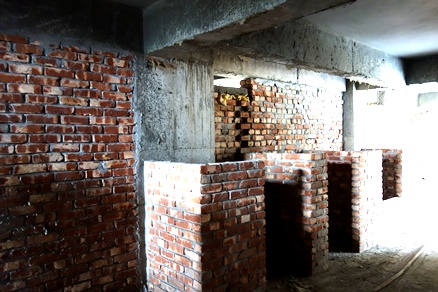 | 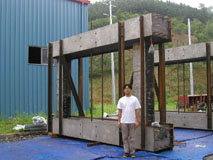 |
|---|---|
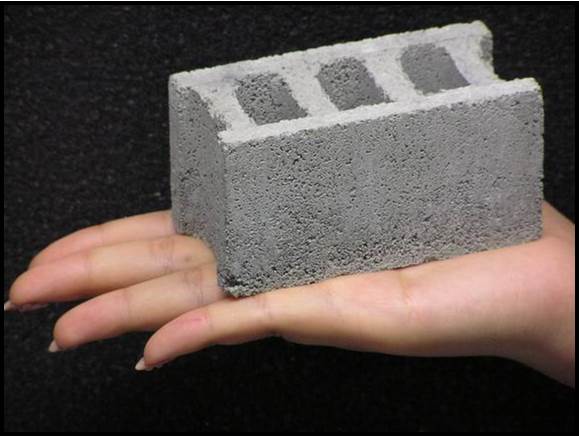 | 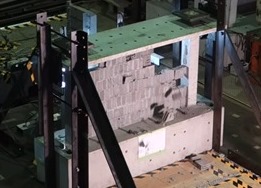 |
Relevant Publications
After enactment of "Law on the promotion of seismic rehabilitation of buildings" in October 1995, seismic capacity evaluation and seismic retrofit have been extensively applied in Japan especially to existing public buildings. Utilizing data obtained from existing buildings, their seismic capacity is studied and decision criteria to screen sound buildings are quantitatively investigated. These results are of great help to develop advanced techniques and methodologies of seismic evaluation of buildings and to identify vulnerable/safe buildings.
Relevant Publications
To restore an earthquake-damaged building as quickly as possible, a well-prepared reconstruction strategy is most essential. In Japan, for the purpose, the Guideline for Post-Earthquake Damage Evaluation and Rehabilitation (JBDPA) originally developed in 1991 was recently revised considering damaging earthquake experiences in Japan. The main objective of the Guideline is to serve as a technical basis and to provide rational criteria when an engineer needs to identify and rate building damage quantitatively and to determine necessary actions required for the building, and to provide technically sound solutions to restore the damaged building. It describes a damage evaluation basis and rehabilitation techniques for three typical structural systems in Japan, i.e., reinforced concrete, steel, and wooden buildings. In this theme, we've been developing more rational way to evaluate residual seismic capacity of earthquake damaged buildings.
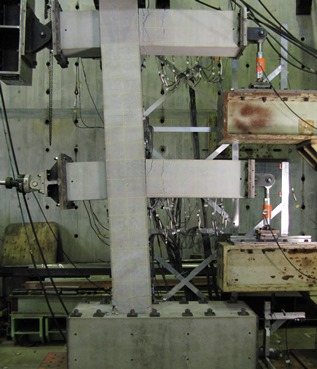 | 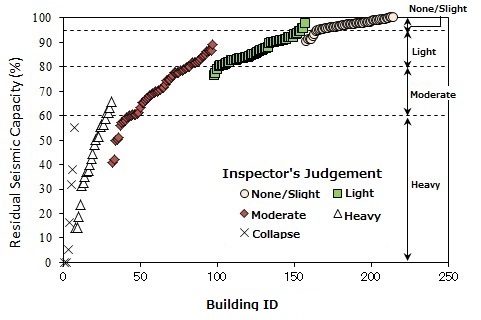 |
|---|
Relevant Publications
In this theme, we are collecting vibration characteristics of the existing and historical RC buildings by microtremor measurement to propose their rational solution of repair and rehabilitation.
 | 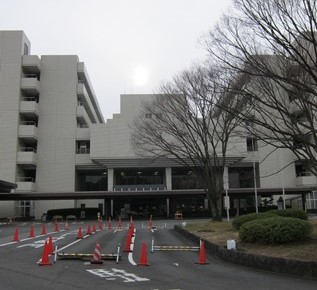 |
|---|---|
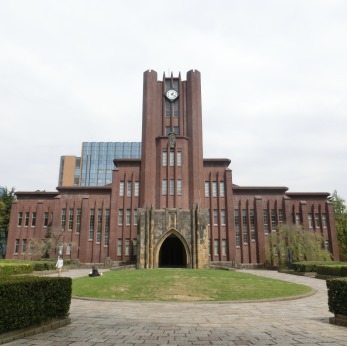 | 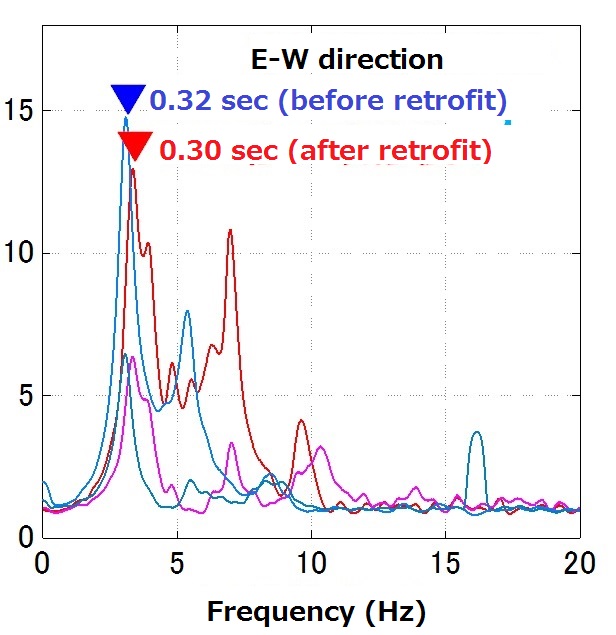 |
Relevant Publications
In this theme, a simplified nonlinear analysis procedure to predict earthquake responses of low-rise, multi-story asymmetric buildings is investigated. The proposed procedure has three advantages over traditional procedures. Firstly, it does not need the pushover analysis of complicated three-dimensional multi-story building models, but it need pushover analyses of planar frames and a simplified equivalent single-story model proposed in this research theme. Secondly, the change in the first mode shape at each nonlinear stage is considered to determine the equivalent SDOF model properties. Thirdly, it provides a better prediction for the drift demand in each frame from two different pushover analyses considering the effect of the first and second mode contributions.
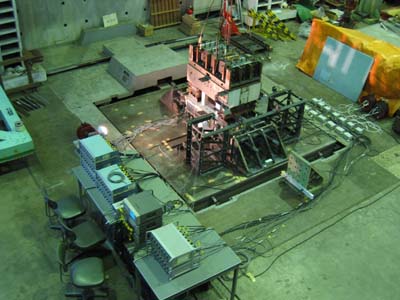 | 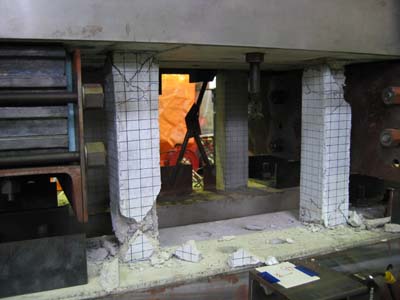 |
|---|
Relevant Publications
To demonstrate complicated collapse behavior of brittle RC members and URM infilled walls, we are developing a computational procedure, applied element method (AEM), which is one of the effective methods to reproduce these phenomena.
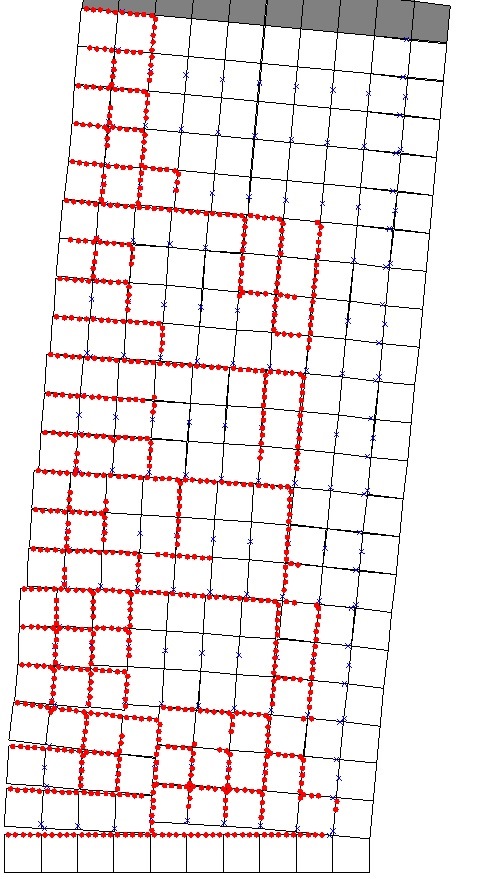 | 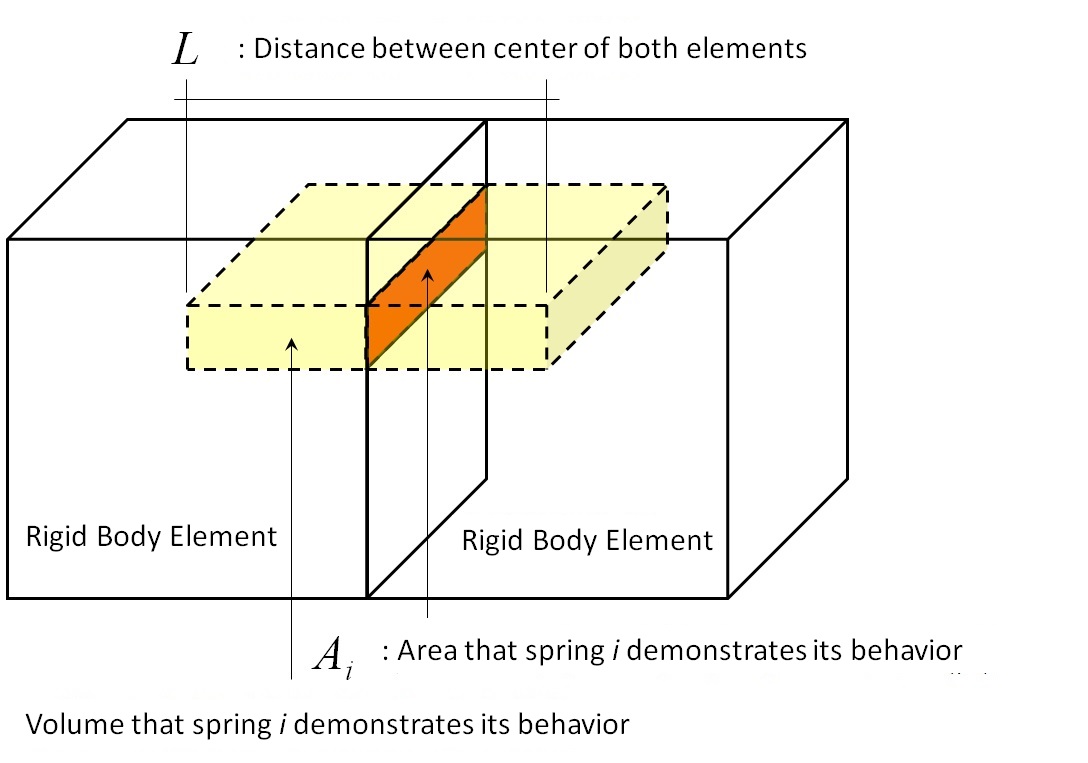 |
|---|
Relevant Publications
Even if a building is designed under weak-beam-strong-column philosophy, a story collapse mechanism tends to form during earthquakes and expected performance against collapse may significantly decrease. In our study, we are developing methods to predict the story where the story collapse mechanism is most likely to be formed.
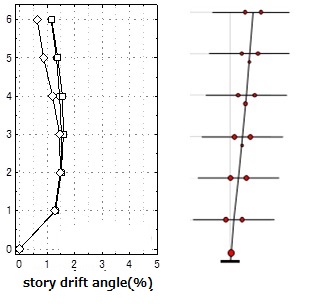 |
|---|
Relevant Publications
During 1995 Kobe and 2011 Great East Japan Earthquake, heavy damage occurred on nonstructural wall and it caused their enormous repair cost. We are developing a model to calculate repair cost of nonstructural wall and analyzing its impact for the repair cost on the installation of the wall.
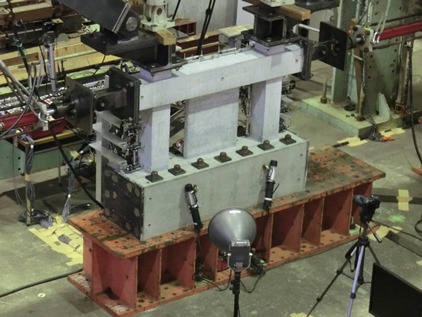 | 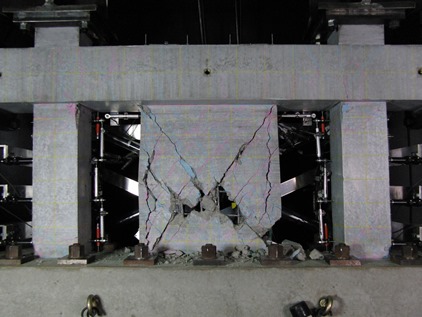 |
|---|
Relevant Publications
Loss estimation of a building due to earthquake events is important to give fundamental information to building owners, to decide design requirement for their buildings. It is generally recognized that the visible damage of reinforced concrete members such as crack width and length are one of principal components for seismic loss (e.g. structural repair cost) estimation. In this theme, the visible damage is modeled considering a geometrical relationship between the sum of crack widths and drift ratio and a probabilistic model between crack widths and lengths.
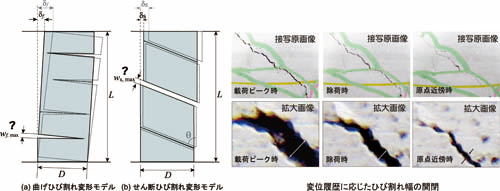 |
|---|
Relevant Publications
Most buildings which satisfied the current seismic design criteria survived during recent severe earthquakes in Japan, owing to the high requirement of the seismic performance to prevent building collapse and human casualties. Some building structures, however, showed damage to some extent after earthquakes and it cost much more than expected by building owners to have them repaired. They concern about not only direct but also indirect losses such as business downtime. Performance-based design therefore should include reparability and functionality of buildings after earthquakes. To identify the reparability performance, an effective evaluation index is required. In this theme, the residual displacement after excitations is employed as an index to identify reparability performance of reinforced concrete structures. A simplified method is proposed to predict the residual displacement after excitations, and its accuracy is discussed through comparison with results of non-linear response analyses.
 |
|---|
Relevant Publications
A key feature of the performance-based seismic design is an owner-friendly expression of performance. Especially, building owners are interested in their building assets. To satisfy the building owner, the "reparability" performance must be important. The reparability performance in the performance-based seismic design should be represented by the expected economic loss of the building after earthquakes. In this theme, a concept of "reparability demand spectrum" obtained from "expected value of annual repair cost (EARC)" is introduced as the assistance of seismic design. Then the mutual relation of safety and reparability performance is demonstrated by reparability demand spectra. In addition, how to resolve conflicts between the target of safety performance and the target of reparability performance is investigated for the preliminary seismic design in the future.
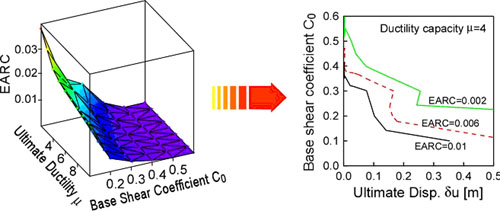 |
|---|
Relevant Publications
This theme focuses on a methodology for estimating a city's potential seismic risk. This methodology, which considers all phases of an earthquake disaster, is based on regional characteristics that are derived from macro-information such as topography, climate, location of active faults, regional building types and their seismic capacity, experience of past earthquake disasters, inter-city traffic systems, and accessibility from neighboring cities, as well as from the micro-information presently used in current methodologies such as soil and building conditions, open areas, fire-resistant buildings, and building-to-land ratios. This methodology was applied to typical cities in Japan. The degree to which this methodology was able to accurately assess the potential seismic risk and earthquake disaster patterns for these cities are also discussed in this theme.
Relevant Publications
After the 2011 Great East Japan Earthquake, tsunami loads were evaluated based on the damage observations, and a structural design guideline for tsunami evacuation buildings was established. However, impact loads due to waterborne debris were not considered quantitatively in the guideline. Waterborne debris were reported to cause damage to buildings, and currently design methods against the debris impact loads are therefore in urgent need for designing safe tsunami evacuation buildings. In this theme, rational design methods against waterborne debris impact load are investigated.
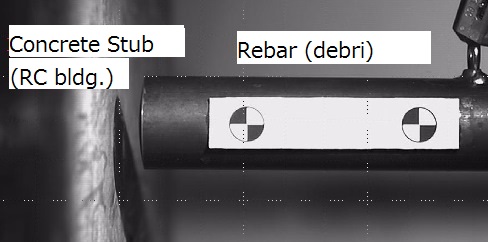 |
|---|
Relevant Publications
To design and construct buildings resistive to tsunami loads, quantitative evaluations of tsunami load applicable to structural design is most essential. The practical design load for tsunami shelters proposed by The Building Center of Japan in 2004 were examined through surveys of structures after the Indian Ocean Tsunami in December 2004. Nonetheless researches on tsunami load against structures based on damage observations are yet insufficient. In this theme, structures that experienced the 2011 Great East Japan Earthquake were surveyed, and the relationship between their damage, strengths, and inundation depth is quantitatively investigated to examine the design load.
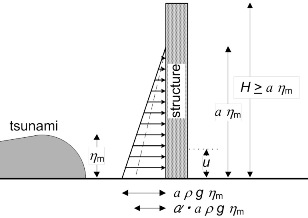 | 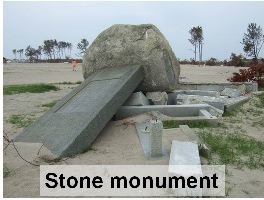 |
|---|---|
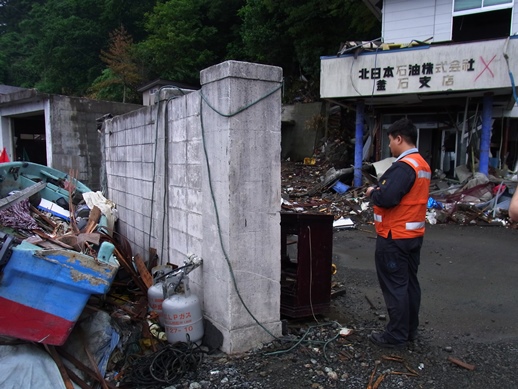 | 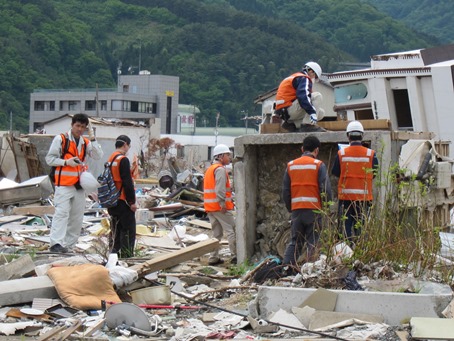 |
Relevant Publications
In this theme, field surveys in tsunami-damaged areas have been carried out to study validity of an index to help building owners/structural engineers judge whether the building should be demolished or can be restored. The index describes the relative inundation heights, which is defined by ratio of the inundated stories to number of stories of building. From the results of the survey, it was found that the index may help them judge the restoration/demolishment of tsunami damaged RC buildings.
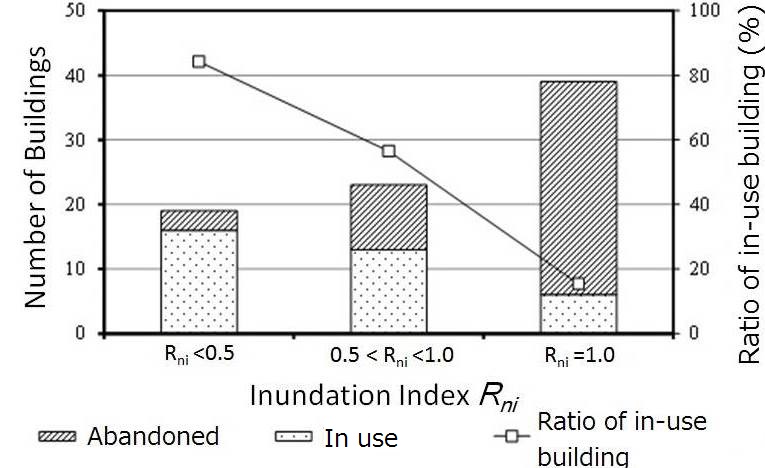 |
|---|
Relevant Publications
In this theme, a conversion method to obtain crack width and length of full scale RC structure from experimental results of scaled specimens was proposed. A quantitative analysis for crack in RC beams was carried out, comparing static loading test results of a full-scale specimen with those of three scaled specimens to validate the proposed method.
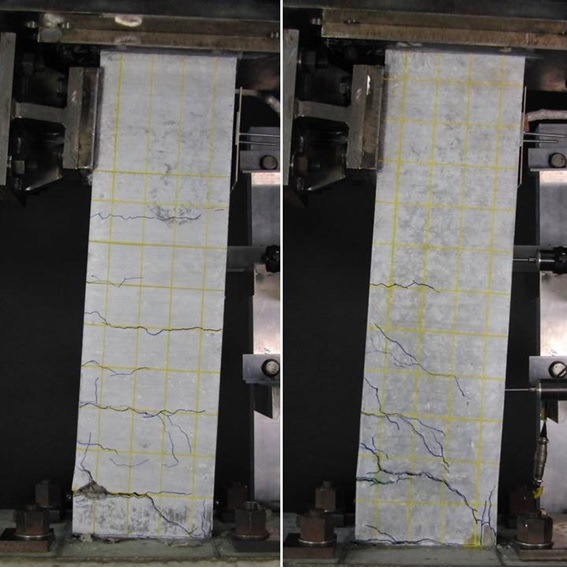 |
|---|
Relevant Publications
In general hysteresis models that are applied to a numerical analysis part of substructure on-line tests do not refer to an experimental behavior of members/subassemblage under loading tests on real-time basis. The objective of this study is to develop a new experimental technique for substructure on-line tests based on nonlinear hysteresis characteristics estimated with a neural network. New learning algorithm for the network applicable to substructure on-line tests are proposed focusing on input layer components and normalization method for input data, and their validity was examined through several numerical analyses.
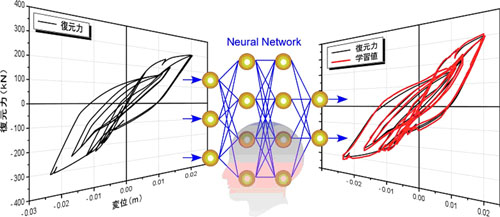 |
|---|
Relevant Publications
Shaking table tests have been widely applied to investigate dynamic behaviors of structures under earthquake excitations. In the shaking table tests of reinforced concrete (R/C) structures, relatively large specimens are generally tested to eliminate difficulties in fabricating specimens. However, the number of shaking table that have enough capacity to carry out large-scale tests are limited, and the experiments are generally costly and more time is required. Even when shaking table tests using relatively small specimen are carried out, it may be difficult to completely reproduce scaled specimens using scaled materials. Therefore another methodology is needed to carry out cost effective shaking table tests. The objective of this theme is to establish a simple and cost effective testing technique to investigate seismic behaviors of RC structures. To this end, extremely small-scaled models (approximately 1/20 scaled model) consisting of only HPFRCC (high performance fiber reinforced cement composite) and longitudinal reinforcement are designed and fabricated, and their behaviors are investigated by shaking table tests and fiber model analyses.
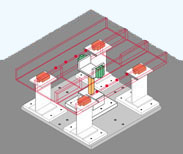 | 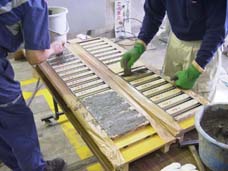 | 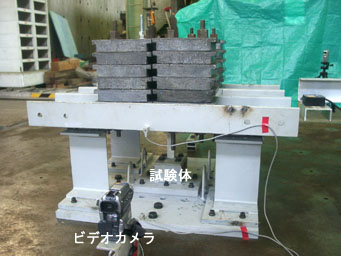 |
|---|
Relevant Publications